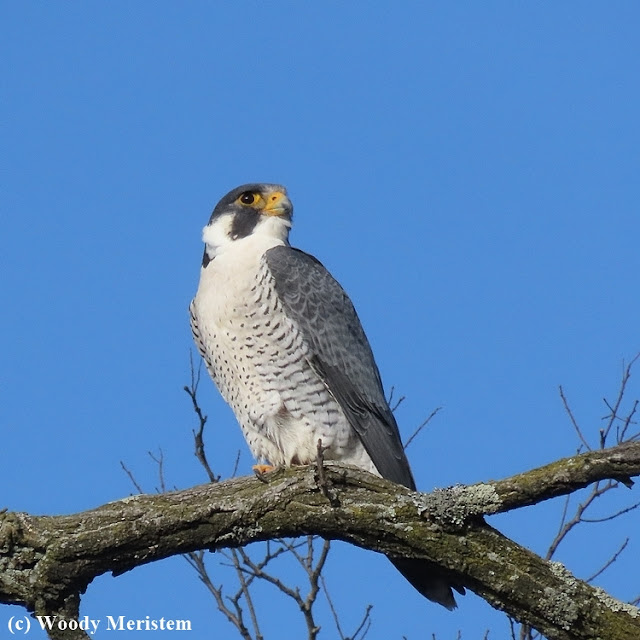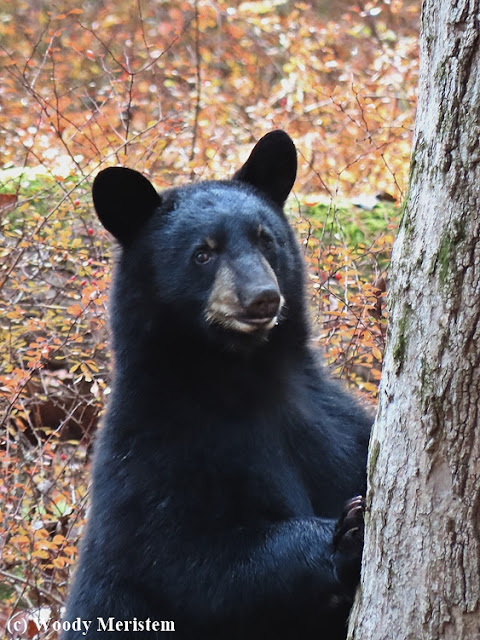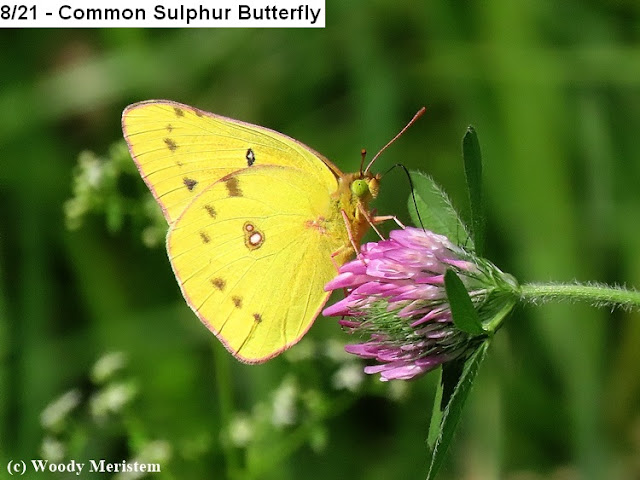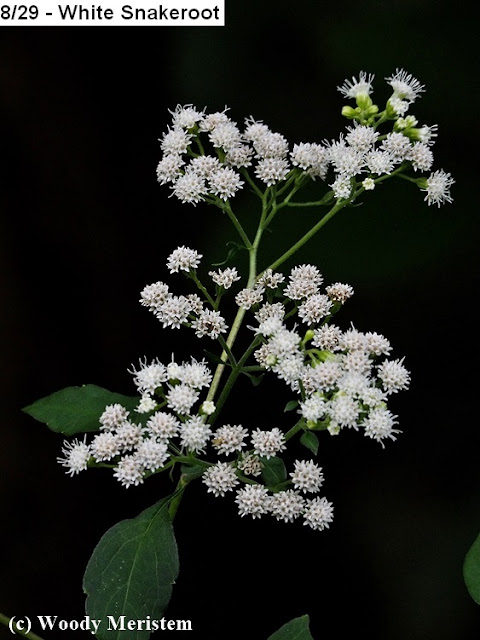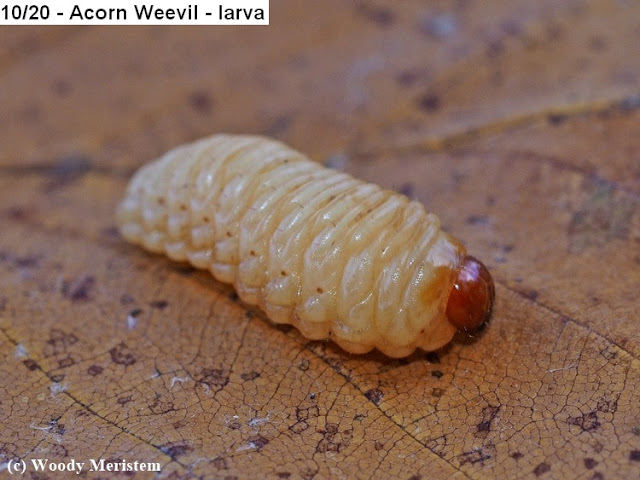Out
in the forest, far from farms and towns, there are old homesteads.
Cellar holes, barn foundations, old stone walls, trees that have
grown around pieces
of metal
– all indicators that someone once
lived
and worked there.
Some
of those old homesteads were abandoned 75-80 years ago, some 1oo
years before that. Wet, shallow, infertile and acidic soils may
have been the
impetus for these places to be abandoned. So were changing
agricultural practices, the better soils that soldiers found during
the Civil War, the agricultural depression following the First Word
War and the industrialization that occurred during and after World
War II.
Other
places weren’t really homesteads but were logging camps, hermit’s
homes, ghost towns from sawmill or mining operations, and
places people lived for a wide variety of other reasons.
The
houses and barns are long gone, as
are the towns and logging camps:
torn down, collapsed or burned. Remaining are the stonework, metal
artifacts and sometimes garden plants. The garden plants are a
touch of civilization still remaining long after those who lived
there are gone.
Perhaps
the most common garden plant found around the old homesteads is myrtle, a
groundcover also called periwinkle, which has pale blue
flowers in the spring –
Frequently seen near old homesites is a shrub with pale blue spring flowers, the common lilac. Those flowers are very fragrant –
The
second most common plant I’ve found growing near old homesteads is
another one with fragrant flowers, lily-of-the-valley –
Various
varieties of daffodils sometimes
survive in the old homesteads’ gardens –
Only
once have I found the green helebore, also
called
lenten rose, growing in the woods. This variety
has been grown in gardens since medieval times and blooms in late
winter or very early spring –
In
the early 1980s, at the site of a long-gone forest fire observer’s
cabin in the 107,000-acre
Five Ponds Wilderness Area
in New York’s Adirondack Mountains our
son and I found a
white flowered domestic columbine –
Occasionally
seen at old homesteads are
the
white flowers
of
snowdrops,
which is the earliest of the spring-flowering ornamental bulbs –
Speaking
of spring flowers, once
in a while a
spindly forsythia shrub
and it’s
yellow flowers is
found
at
a spot where someone once lived –
In
summer the
ubiquitous orange
daylilly is commonly
seen
in bloom alongside
an old cellar hole –
Hosta
also blooms during the summer and can occasionally be found at the old homesites
–
Even
though life was usually pretty hard at the old farms, towns and
logging camps, some of those living there, usually the women, sought
a touch of beauty and planted flowers and flowering shrubs. And some
of those plants still survive all these years later.






